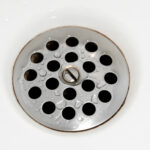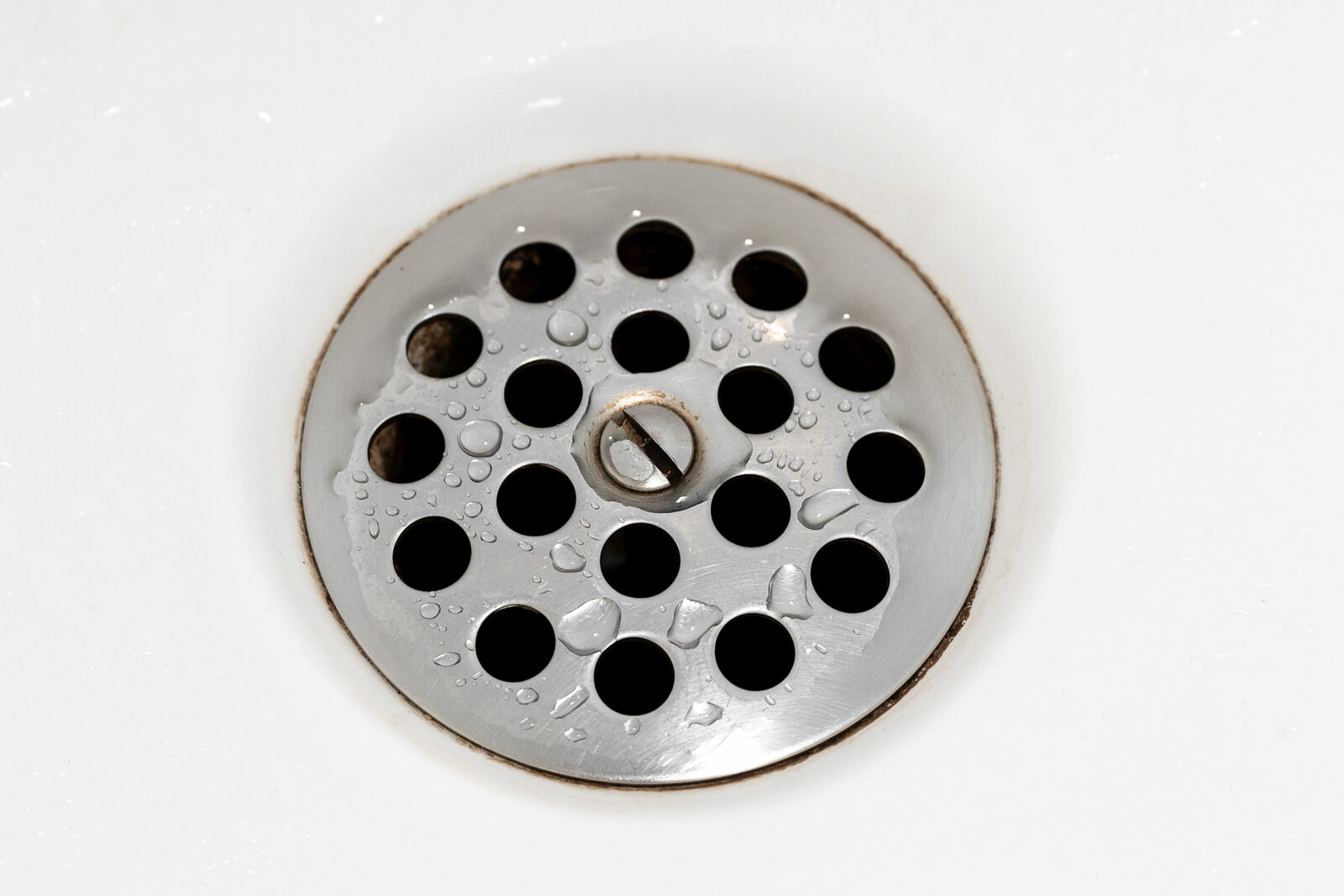6 pm
Welcome and Moderation
Barbara Steiner, director and CEO, Bauhaus Dessau Foundation, and Heike Brückner, research associate, Bauhaus Dessau Foundation
6:05 pm
Dessau-Roßlau – City in the River, a future scenario for Dessau (20 min)
// Introduction
Moritz Michael, Tom Gernegroß, designer
A canal runs through Dessau from south to north. In the future, you will be able to walk along the banks of a canal where car traffic currently rolls along Kavalierstraße. Boats will be travelling on the water. A dragon boat race takes place in the canal in front of the Bauhaus Museum.
6:25 pm
Economic interests versus nature protection? (20 min)
// Impuls lecture
Guido Puhlmann, Biosphere Reserve Middle Elbe
The Elbe is the last large river in Germany that is still relatively natural and, with its floodplains, a centre of biodiversity. Can the goal of turning the Elbe into a year-round waterway be achieved? The intensive construction measures of recent decades have not benefited freight shipping, but have harmed the river landscape.
6:45 pm
Flooded McDonalds (40 sec)
// Film, SUPERFLEX
6:46 pm
New Mulde and Water Purification Gardens
// Impuls lecture
Ulrike Antonia and Leo Sztatecsny, landscape architecture office interplan (20 min)
The New Mulde project was developed in the 1990s by Ulrike Antonia and Leo Sztatecsny together with the land art artist couple Helen Mayer and Newton Harrisson as part of the “Industrial Garden Realm” Bauhaus project. The idea was to restore the water balance in the region, which had been disturbed by the brown coal opencast mining, through measures such as repairing the course of the Mulde and water purification gardens on the edges of the opencast mines. In this way, a contribution from recent Bauhaus history is brought back into consciousness and linked with current questions: What was the concept back then, why was it not realised? Why would it have been right from today’s perspective?
7:10 pm
As Close as We Get (4:56 min)
// Film, SUPERFLEX
7:15 pm
Water Experiments (20 min)
// Interactive format
At the same time
Food and Drink
Water soup and water tasting
Beyond the End of the World (1:27 min)
// Film, SUPERFLEX
What’s next? Current Trends and Projects
// Discussion
Wastewater, drinking water, groundwater, grey water … water is a common good. The common task of protecting and conserving it, recycling it or purifying it is being tackled by a wide variety of social players. We present and discuss current trends and practical examples.
Erwin Nolde, Greywater Recycling in a Berlin Student Hall of Residence as a Pilot Project (15 min)
David Schacht, Wasserwerk der Zukunft e.V. (15 min)
Katharina Müller, Finizio Future Sanitation, Eine Zukunft ohne Wasserklo (A Future without Water Closets) (15 min)
Next Friday Group: 14 June 2024, 6 pm > Art + Environment (in cooperation with OSTEN – Festival in Bitterfeld-Wolfen)

